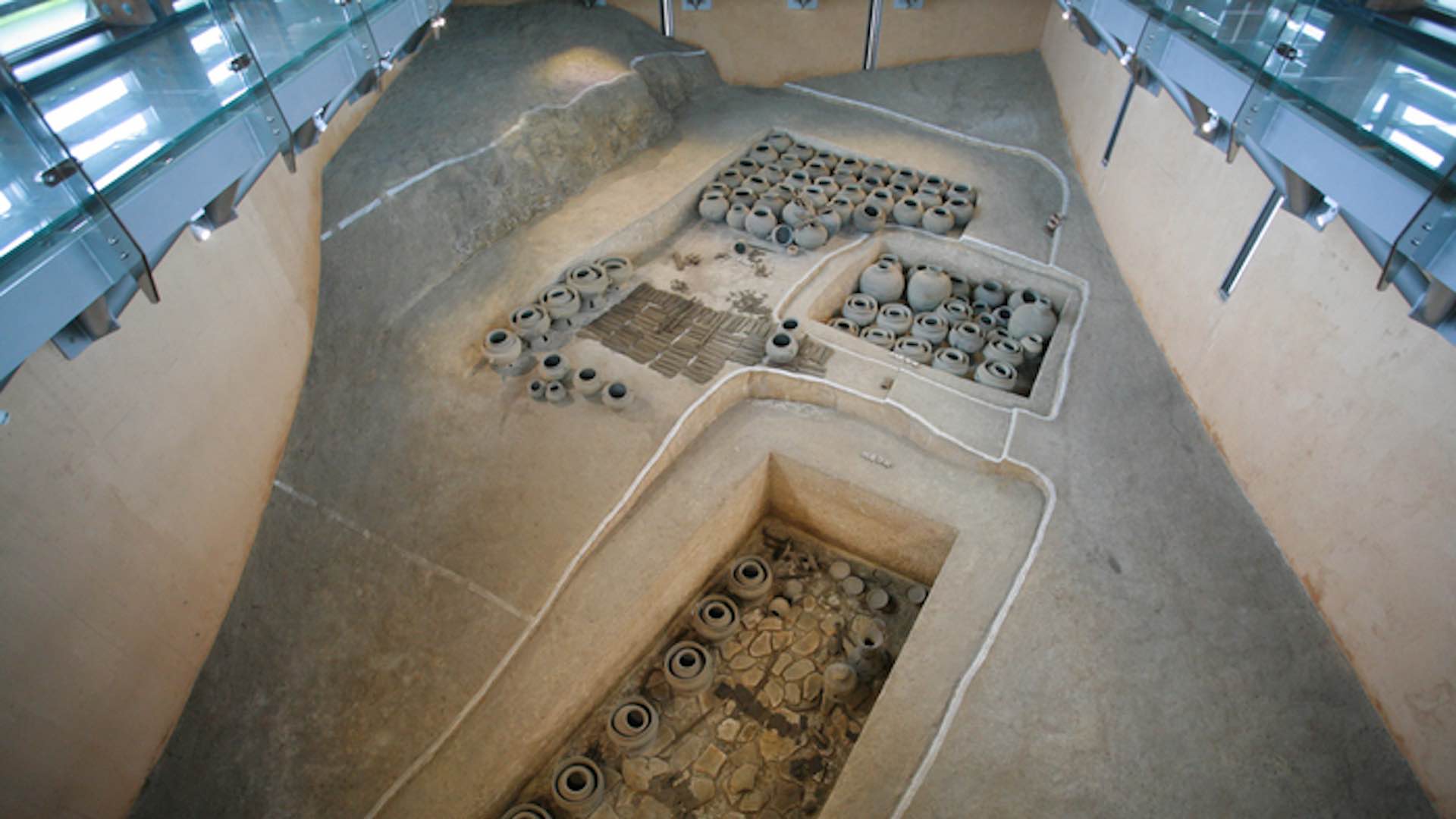The Gaya Tumuli, a collection of seven tomb clusters representing Korea’s ancient Gaya confederacy, has received a recommendation for inclusion on the UNESCO World Heritage list. The Cultural Heritage Administration (CHA) announced on Thursday that the international advisory body, the International Council on Monuments and Sites (ICOMOS), has recommended the Gaya Tumuli for inscription. The final decision on the Gaya Tumuli’s inclusion will be made during the 45th session of the World Heritage Committee, scheduled to take place in Saudi Arabia in September.

Yonhap reported that the ICOMOS’ recommendation will play a significant role in the decision-making process. Gaya was an alliance of six or seven small kingdoms that flourished from the first to sixth centuries in the southern and central regions of the Korean Peninsula. The Gaya Tumuli, consisting of seven tomb clusters, showcases the architectural style of graves constructed in the fourth and fifth centuries, providing insight into Gaya’s trade network and craftsmanship through burial accessories and artifacts.
These tomb clusters, situated in prominent hilly areas at the heart of their respective polities, display a high concentration of burials built over an extended period. The ICOMOS recognized the exceptional universal value of the nominated property as a significant testament to the diverse and distinct confederated political system of Gaya, which coexisted with neighboring civilizations. The addition of the Gaya Tumuli to the UNESCO World Heritage list would bring the total number of South Korean sites inscribed to 16, highlighting the nation’s rich cultural and historical heritage.
